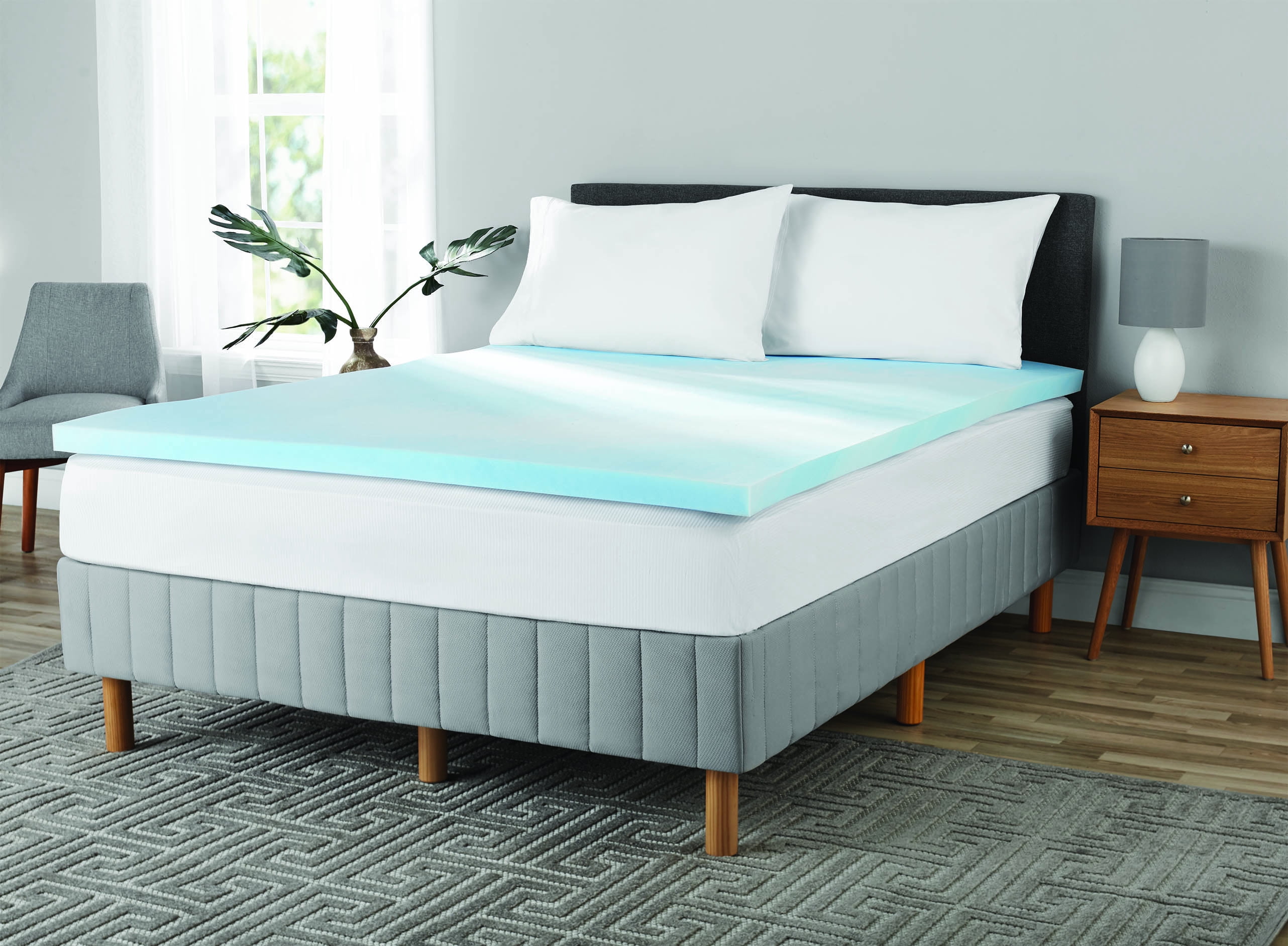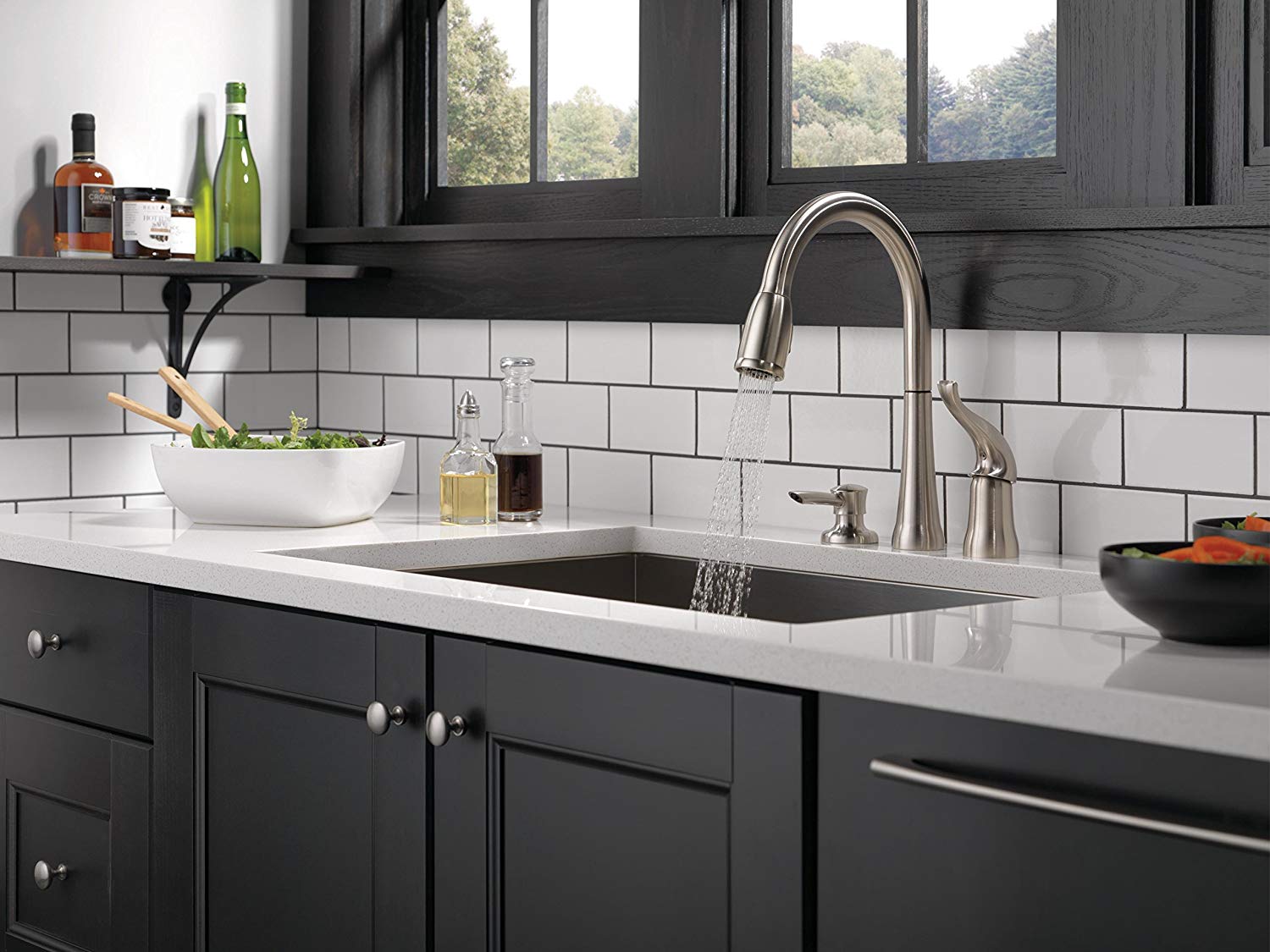With more families turning to homeschooling as a viable education option, many are faced with the challenge of creating a dedicated learning space in their homes. While some may have the luxury of a designated homeschool room, others may have to get creative with limited space. One solution that has become increasingly popular is homeschooling in the living room. Here are some tips and ideas for making this unconventional setup work for your family. Homeschooling in the Living Room: Tips and Ideas
The key to homeschooling in the living room is to find a balance between functionality and comfort. Start by designating a specific area for learning, whether it's a corner of the room or a section of the coffee table. Remember to keep it clutter-free and organized, with all necessary supplies within reach. You can also utilize storage solutions such as shelves or bins to keep things tidy. How to Create a Homeschooling Space in Your Living Room
One of the biggest advantages of homeschooling in the living room is the ability to incorporate real-life experiences into your lessons. Your children are surrounded by their everyday environment, making it easier to connect their learning to the world around them. Additionally, the living room provides a comfortable and relaxed atmosphere, which can lead to more engaged and enjoyable learning. The Benefits of Homeschooling in the Living Room
Creating a productive learning environment in the living room requires some strategic planning. Consider using dividers or room dividers to separate the learning area from the rest of the room, helping to minimize distractions. You can also use rugs or different lighting to designate the learning space. It's also important to establish a routine and schedule to keep the focus on learning during designated times. Homeschooling in the Living Room: Setting Up a Productive Learning Environment
If your living room is on the smaller side, don't worry. You can still make it work for homeschooling. Consider using foldable or portable furniture that can be easily stored away when not in use. You can also utilize vertical space by hanging shelves or using wall-mounted storage solutions. And don't be afraid to get creative with multi-functional furniture, such as using a coffee table as a workspace. Homeschooling in the Living Room: Making the Most of Limited Space
One of the challenges of homeschooling in the living room is finding a balance between family life and learning. One way to make this work is by incorporating learning into everyday activities. For example, you can have a designated reading corner in the living room, or use a family movie night as an opportunity to learn about a particular topic. This way, your living room can serve as a space for both learning and quality family time. Homeschooling in the Living Room: Combining Learning and Living Spaces
As with any homeschool setup, organization is key. In a shared living and learning space, it becomes even more crucial. Utilize storage solutions such as bins, baskets, or caddies to keep supplies organized and easily accessible. You can also designate specific areas for different subjects or activities, which can help with keeping things tidy and minimizing distractions. Homeschooling in the Living Room: Organization and Storage Solutions
Your living room is not just a space for learning; it's also a space for living. To create a comfortable and inviting atmosphere, consider adding elements such as throw pillows, soft lighting, and plants. These can help make the space feel more welcoming and can also serve as visual aids for learning. You can also involve your children in decorating the space, making it their own. Homeschooling in the Living Room: Creating a Comfortable and Inviting Atmosphere
Sitting in one spot for too long can be challenging for young learners. That's why it's essential to incorporate movement and physical activity into your homeschooling routine, especially in a shared living space. You can set up a designated area for physical activities, such as yoga or dance, or take breaks for outdoor play if weather permits. This can help break up the day and keep your children engaged and energized. Homeschooling in the Living Room: Incorporating Movement and Physical Activity
Lastly, it's crucial to find a balance between family life and learning when homeschooling in the living room. It can be tempting to blur the lines between the two, especially when your home is also your classroom. But it's essential to set boundaries and establish designated learning times and areas to avoid burnout and maintain a healthy family dynamic. Homeschooling in the Living Room: Balancing Family Life and Learning
The Benefits of Homeschooling in Your Living Room
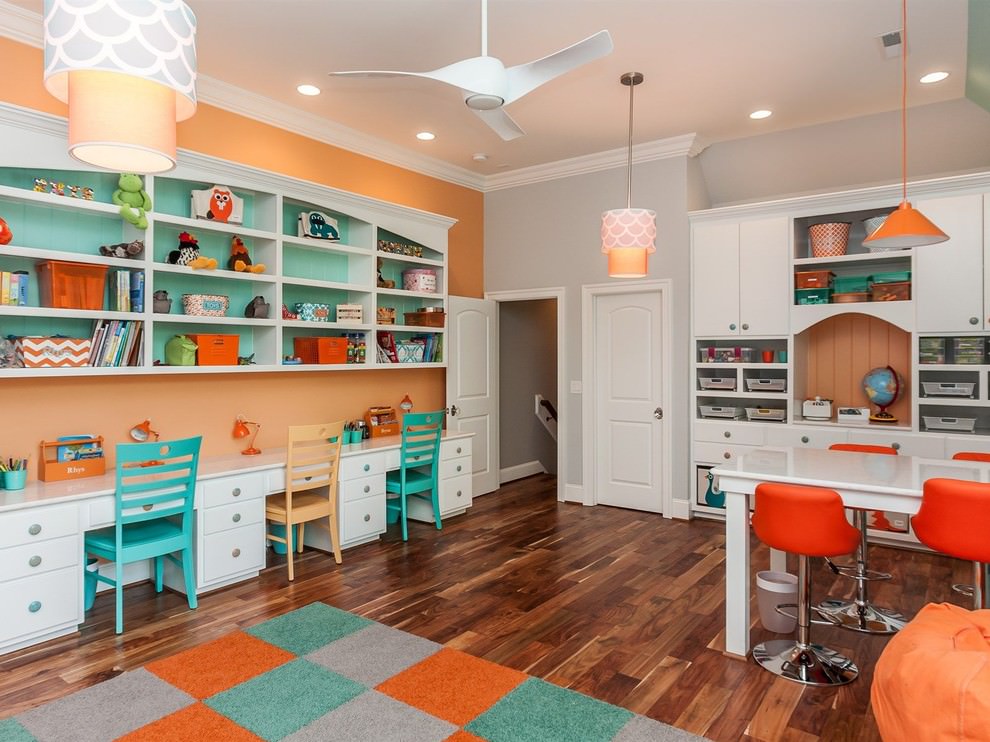
Creating a Learning Environment at Home
 When it comes to homeschooling, many parents struggle with finding the perfect space to facilitate their child's education. It can be challenging to create a designated learning environment within the confines of a home. However, one often overlooked solution is utilizing the living room as a homeschooling space. With a few simple adjustments, the living room can become a multifunctional area that promotes learning and creativity.
Flexibility and Adaptability
One of the main benefits of homeschooling in the living room is its flexibility and adaptability. Unlike a traditional classroom, the living room can be easily transformed into a learning space and back to a comfortable living area. This allows for a more fluid and versatile learning experience for both the child and the parent. The living room can be used for various subjects, such as reading, writing, and even science experiments, making it a well-rounded learning environment.
Comfort and Familiarity
Another advantage of using the living room as a homeschooling space is the comfort and familiarity it provides. Children are often more at ease and receptive to learning in a familiar and comfortable environment. The living room, being a central part of the home, is a place where children spend a lot of time, making it a natural and inviting learning space. This can also help reduce stress and anxiety that some children may experience in a traditional classroom setting.
Utilizing Technology
In today's digital age, technology has become an essential tool in education. Homeschooling in the living room allows for easy access to technology, such as computers, tablets, and smart TVs. These devices can be used to supplement and enhance the learning experience, making it more engaging and interactive for the child. Additionally, parents can control and monitor their child's screen time, ensuring a healthy balance between technology and traditional learning methods.
Promoting Family Bonding
Homeschooling in the living room also provides an opportunity for family bonding. With both parents and siblings often present in the home, homeschooling can become a family affair. Parents can involve their children in teaching and learning activities, creating a collaborative and supportive learning environment. This not only strengthens family relationships but also fosters a love for learning and a sense of responsibility in children.
In conclusion, homeschooling in the living room has numerous benefits that should not be overlooked. With its flexibility, comfort, access to technology, and promotion of family bonding, it is an ideal space for creating a well-rounded and dynamic learning environment. So why not turn your living room into a homeschooling haven and watch your child thrive in their education?
When it comes to homeschooling, many parents struggle with finding the perfect space to facilitate their child's education. It can be challenging to create a designated learning environment within the confines of a home. However, one often overlooked solution is utilizing the living room as a homeschooling space. With a few simple adjustments, the living room can become a multifunctional area that promotes learning and creativity.
Flexibility and Adaptability
One of the main benefits of homeschooling in the living room is its flexibility and adaptability. Unlike a traditional classroom, the living room can be easily transformed into a learning space and back to a comfortable living area. This allows for a more fluid and versatile learning experience for both the child and the parent. The living room can be used for various subjects, such as reading, writing, and even science experiments, making it a well-rounded learning environment.
Comfort and Familiarity
Another advantage of using the living room as a homeschooling space is the comfort and familiarity it provides. Children are often more at ease and receptive to learning in a familiar and comfortable environment. The living room, being a central part of the home, is a place where children spend a lot of time, making it a natural and inviting learning space. This can also help reduce stress and anxiety that some children may experience in a traditional classroom setting.
Utilizing Technology
In today's digital age, technology has become an essential tool in education. Homeschooling in the living room allows for easy access to technology, such as computers, tablets, and smart TVs. These devices can be used to supplement and enhance the learning experience, making it more engaging and interactive for the child. Additionally, parents can control and monitor their child's screen time, ensuring a healthy balance between technology and traditional learning methods.
Promoting Family Bonding
Homeschooling in the living room also provides an opportunity for family bonding. With both parents and siblings often present in the home, homeschooling can become a family affair. Parents can involve their children in teaching and learning activities, creating a collaborative and supportive learning environment. This not only strengthens family relationships but also fosters a love for learning and a sense of responsibility in children.
In conclusion, homeschooling in the living room has numerous benefits that should not be overlooked. With its flexibility, comfort, access to technology, and promotion of family bonding, it is an ideal space for creating a well-rounded and dynamic learning environment. So why not turn your living room into a homeschooling haven and watch your child thrive in their education?

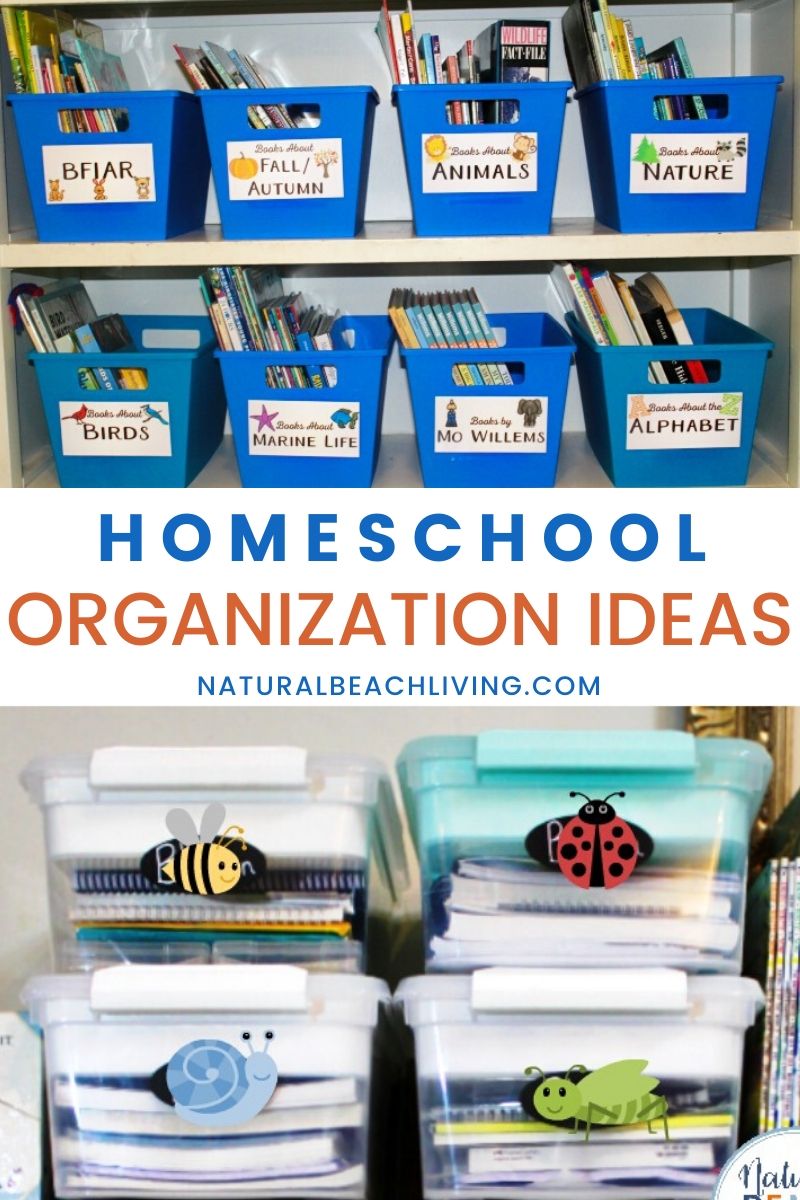

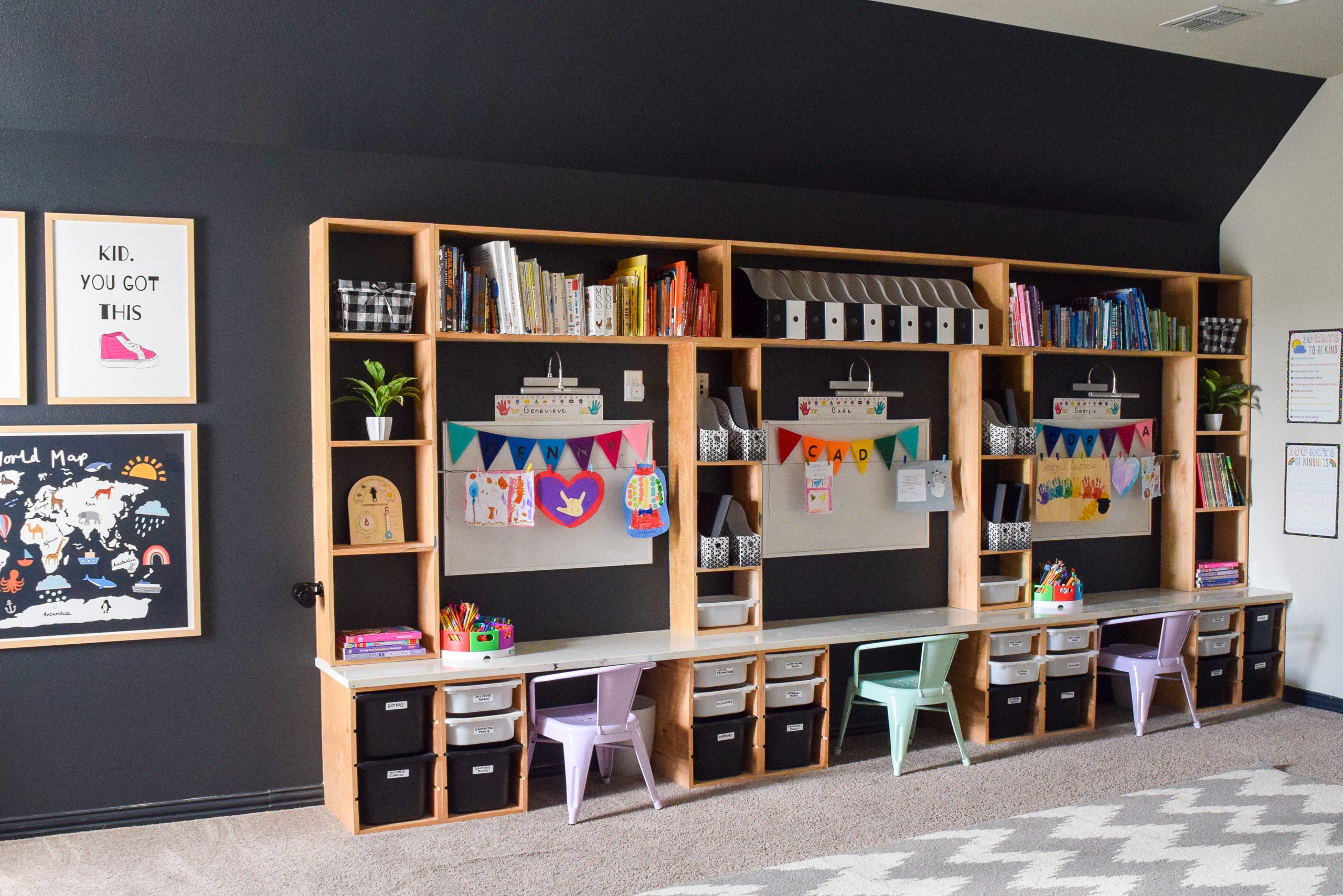
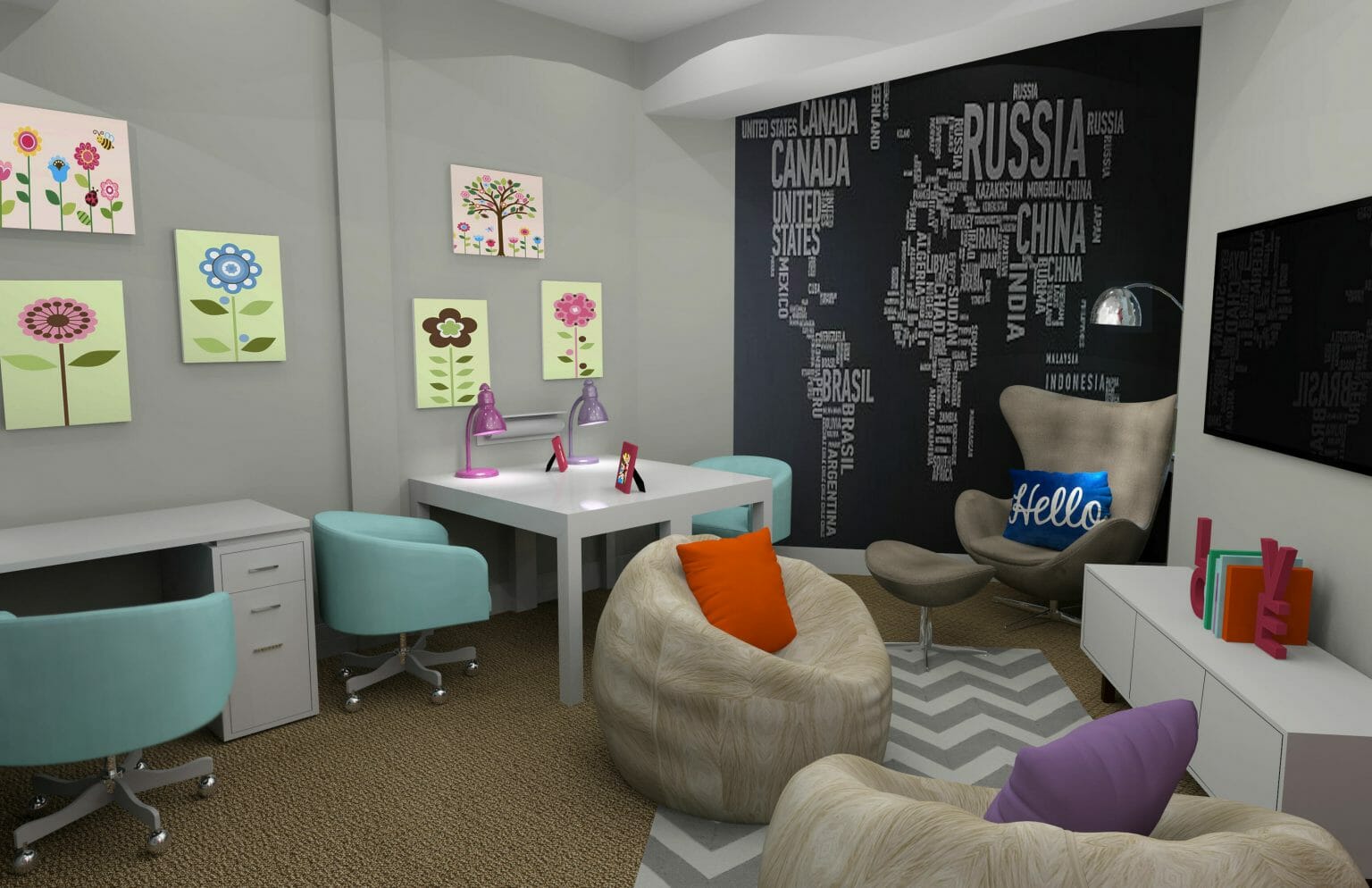
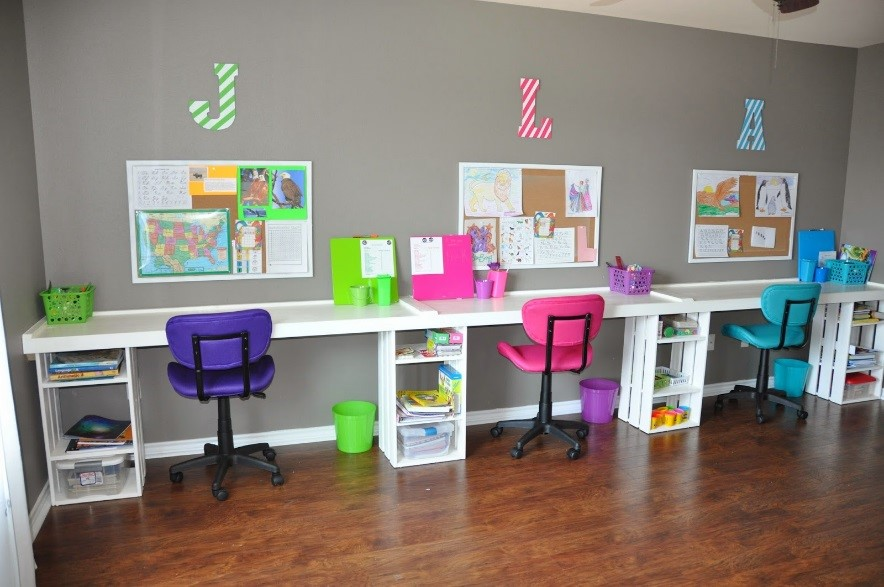
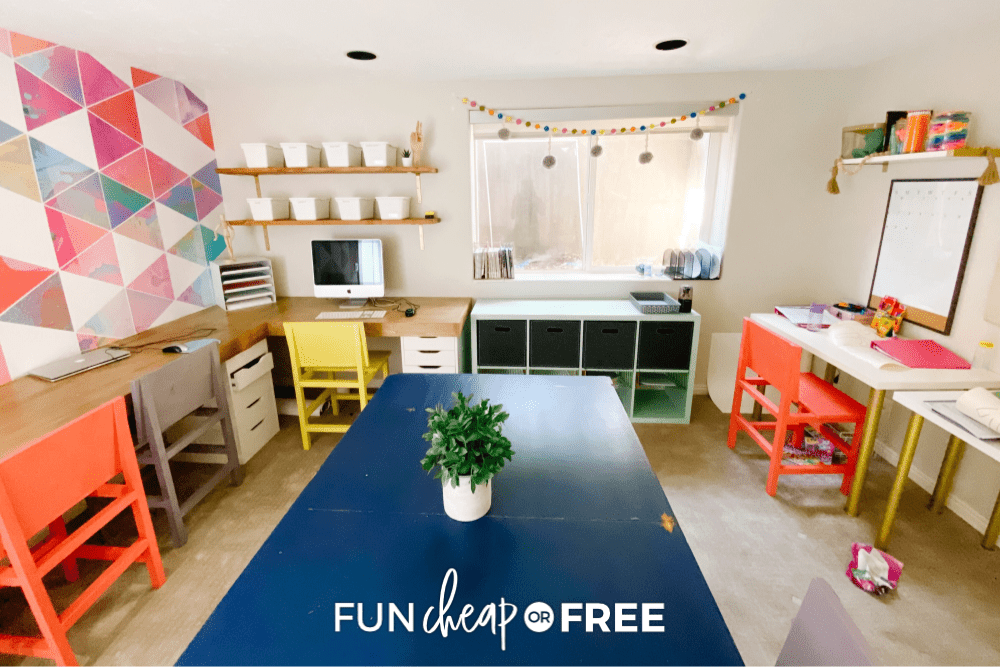






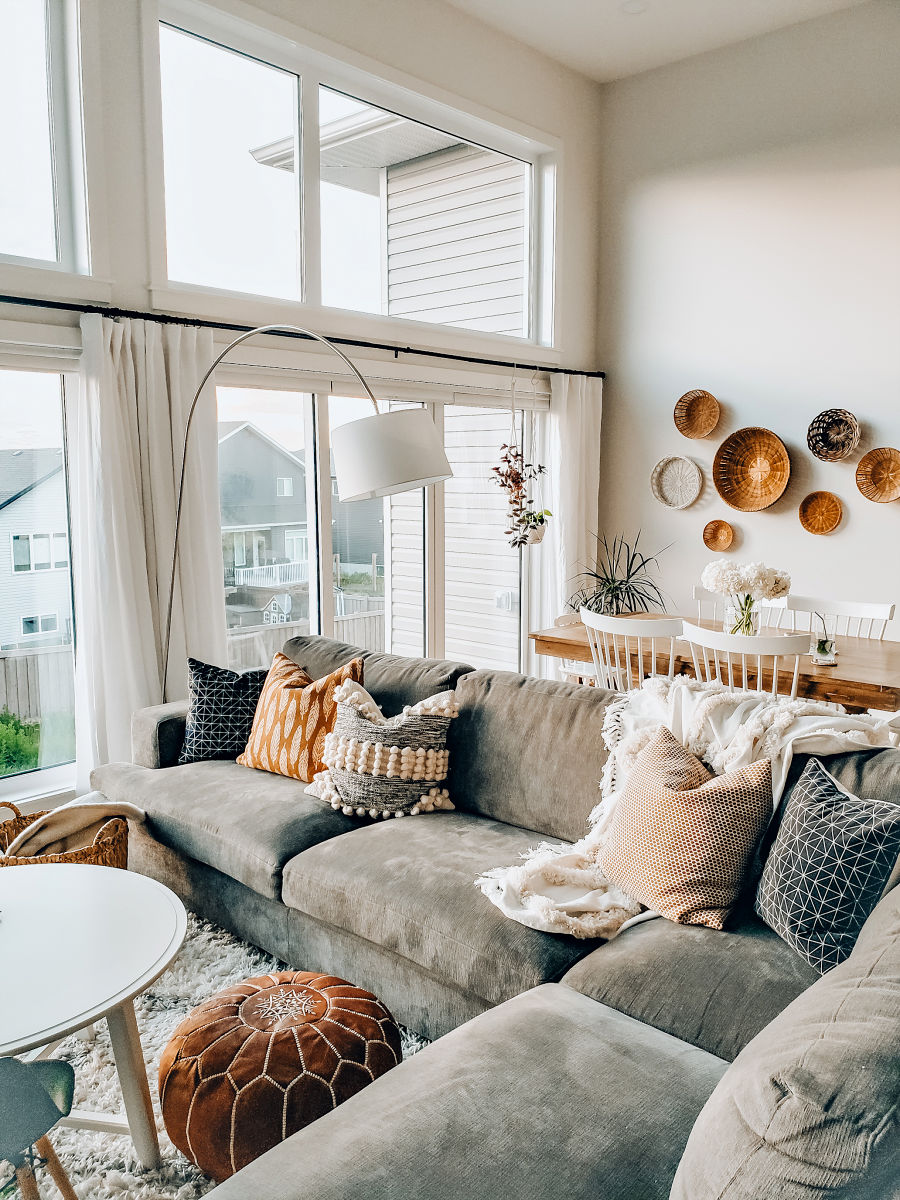
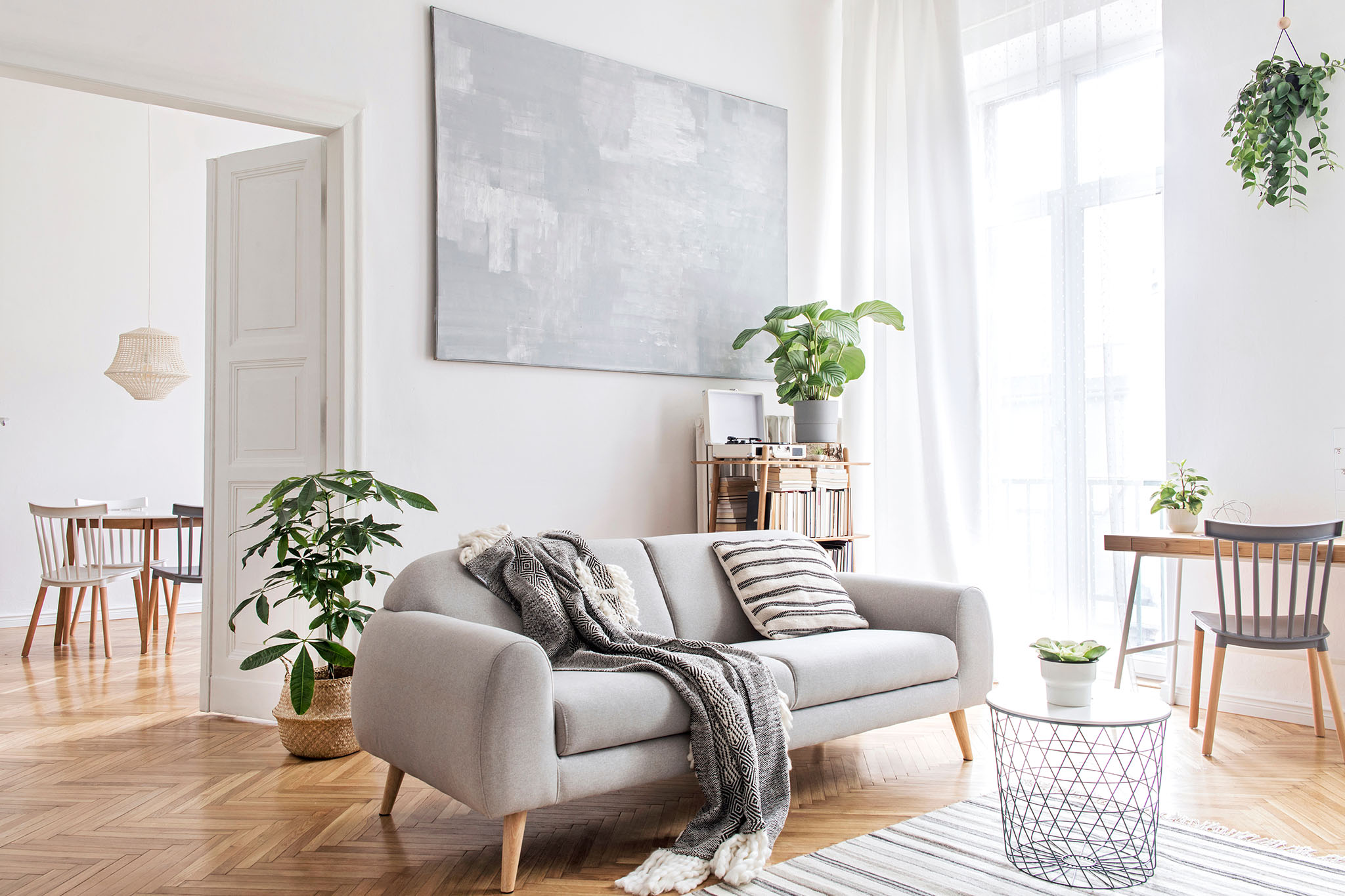



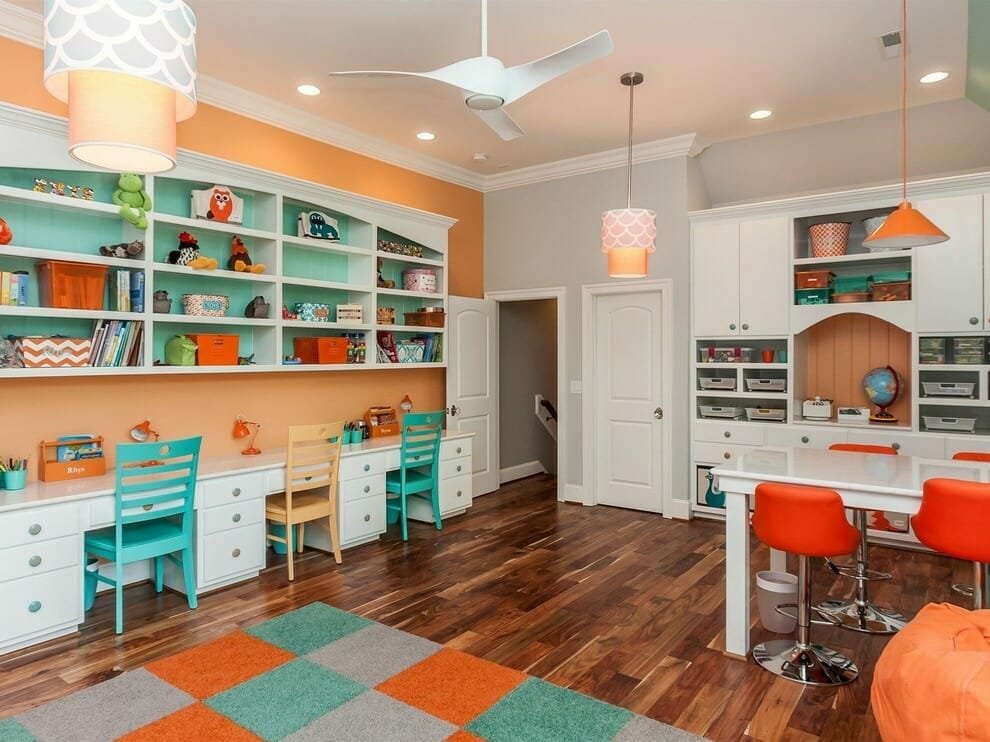








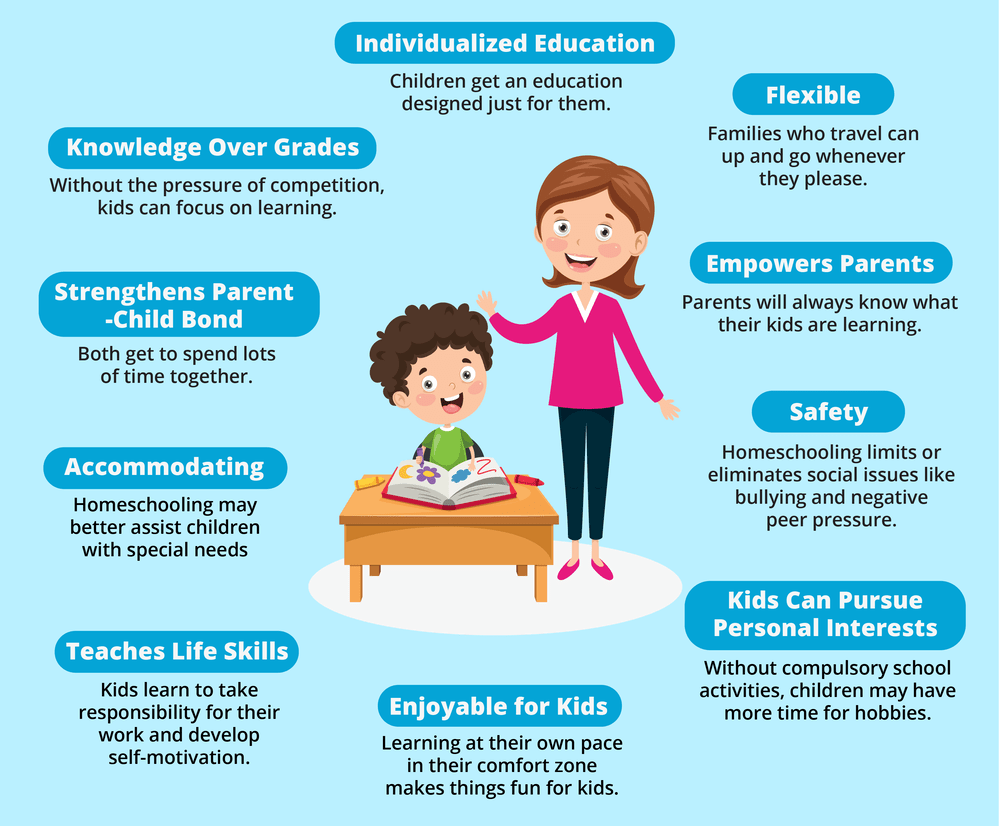





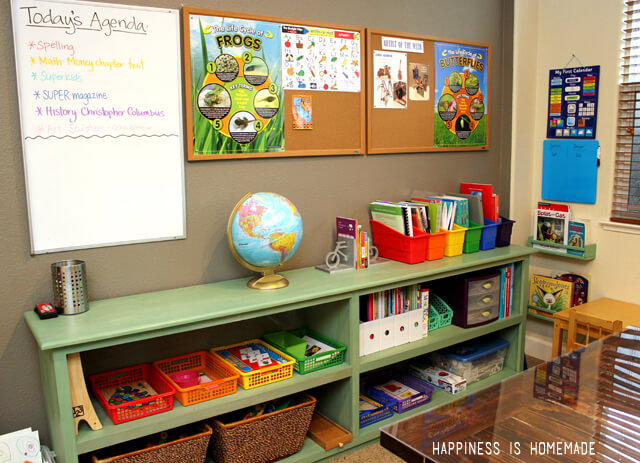





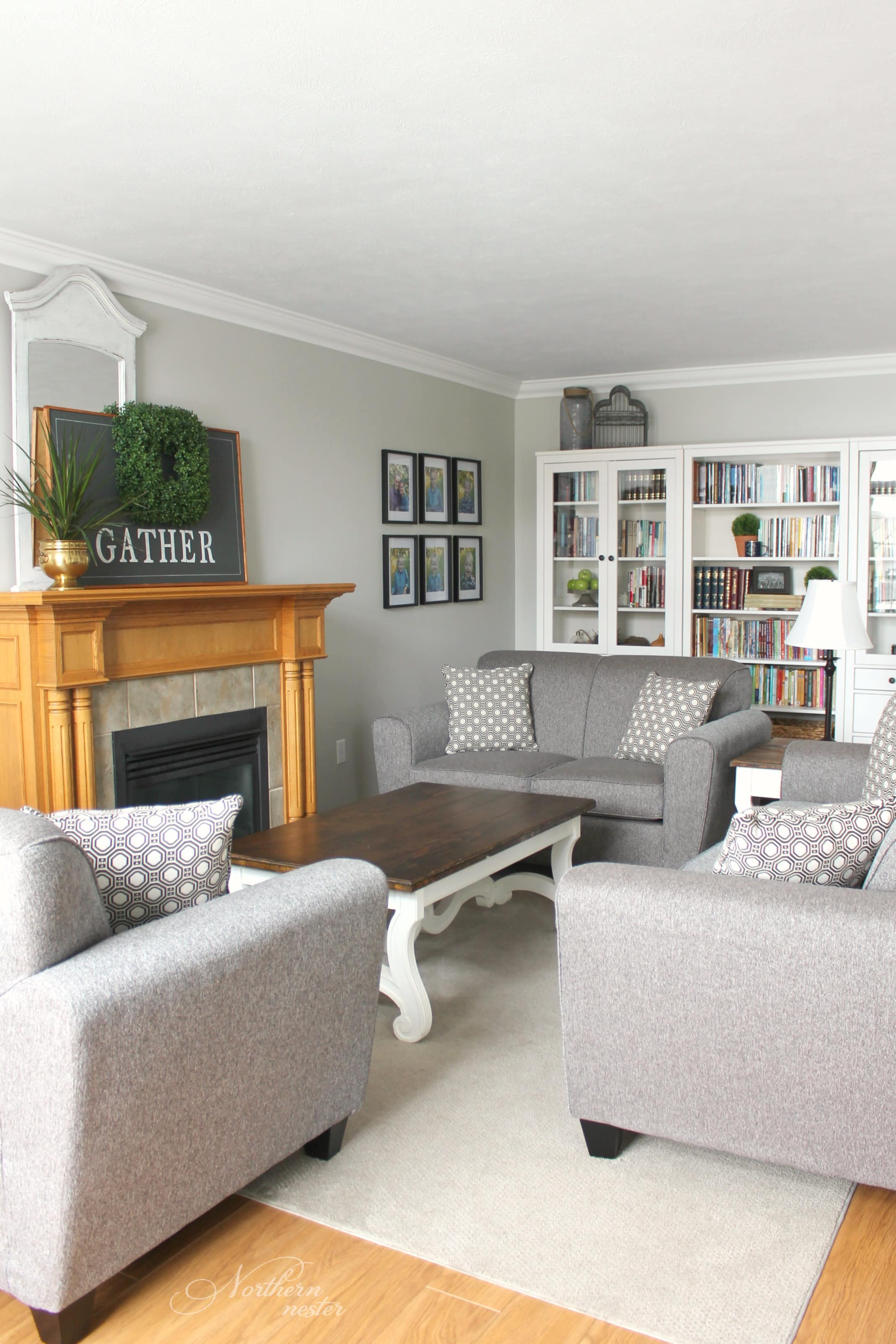








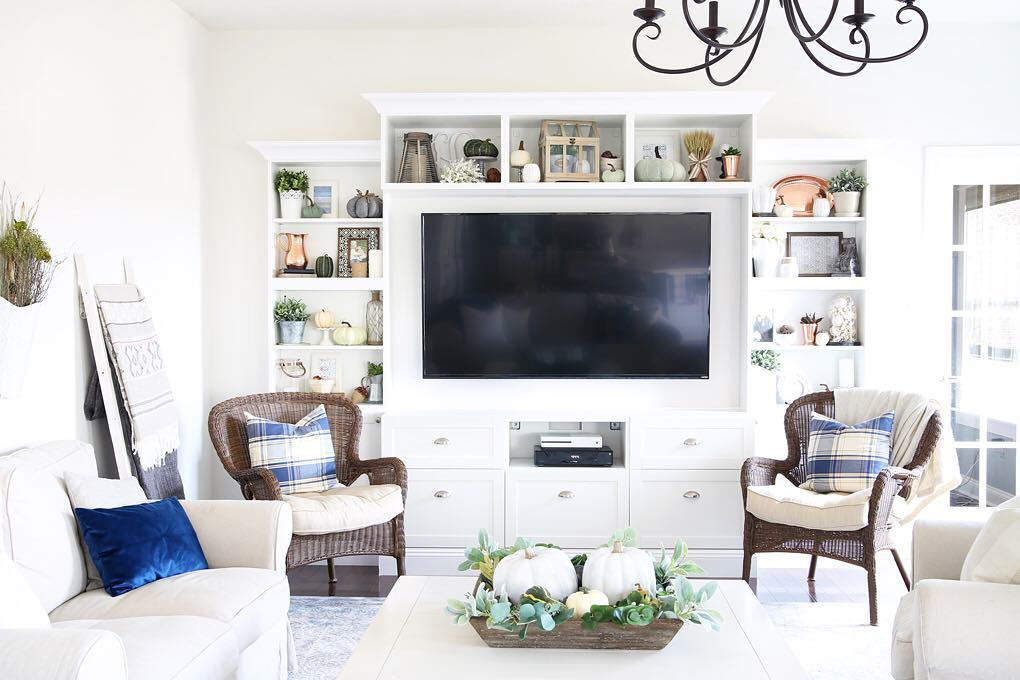
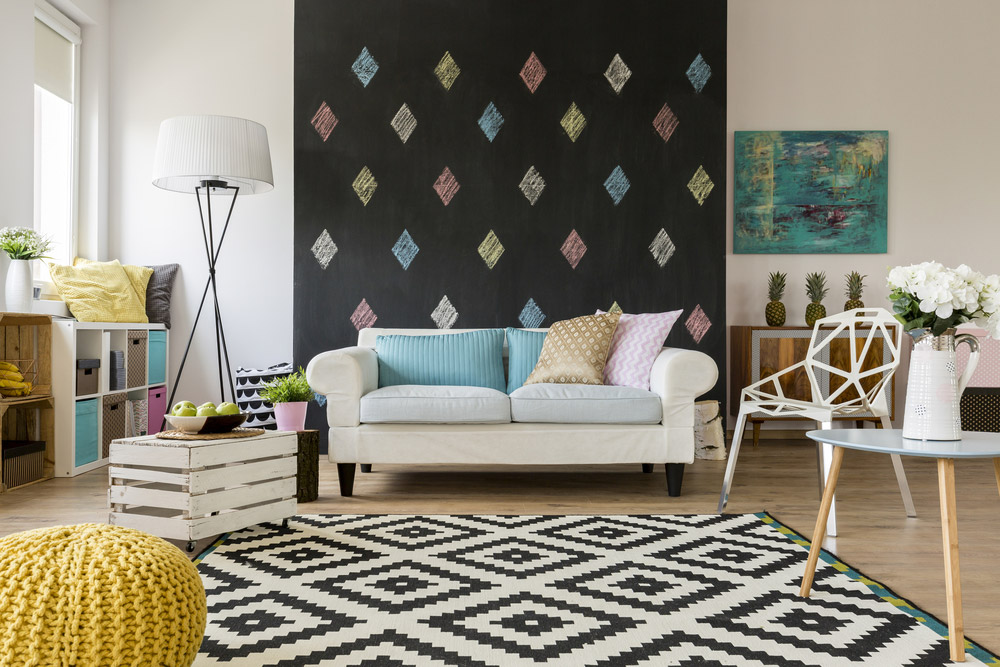









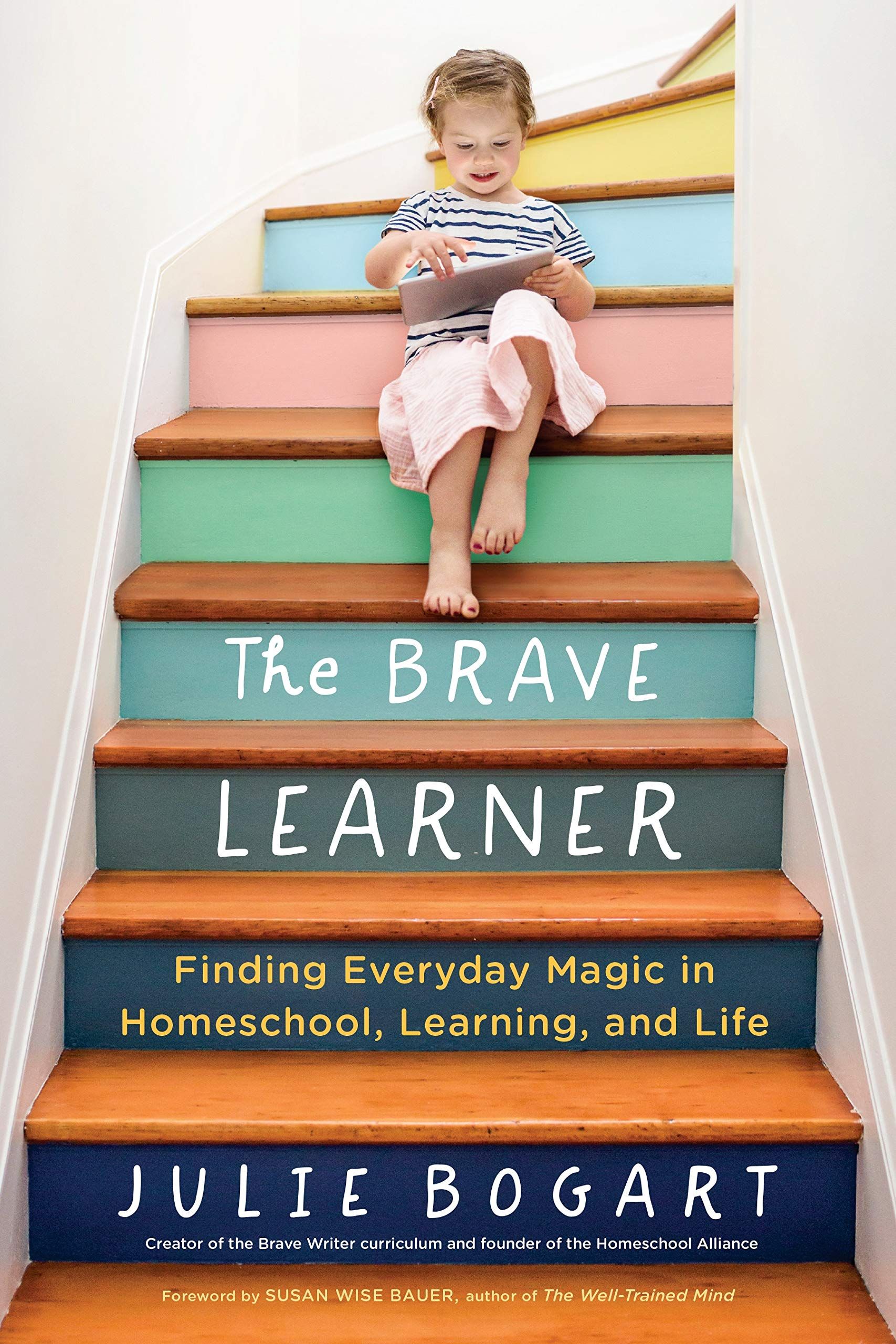




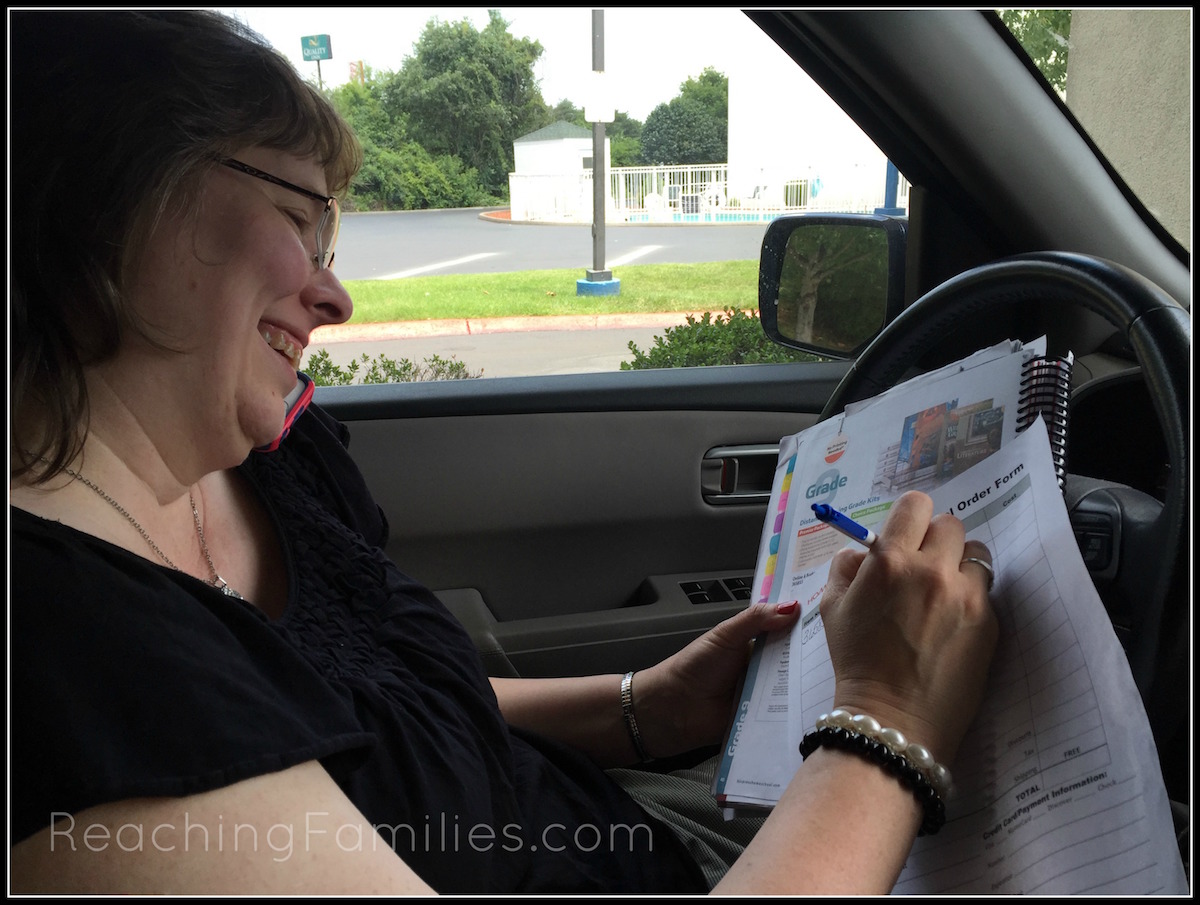
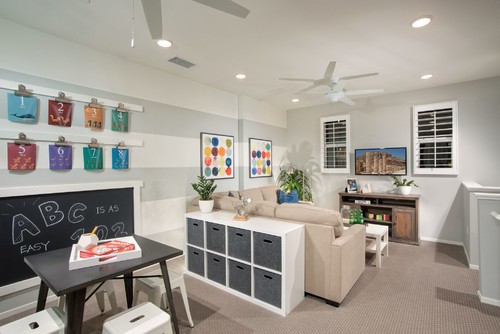
:no_upscale()/cdn.vox-cdn.com/uploads/chorus_asset/file/7032403/_MG_0400.0.jpg)
